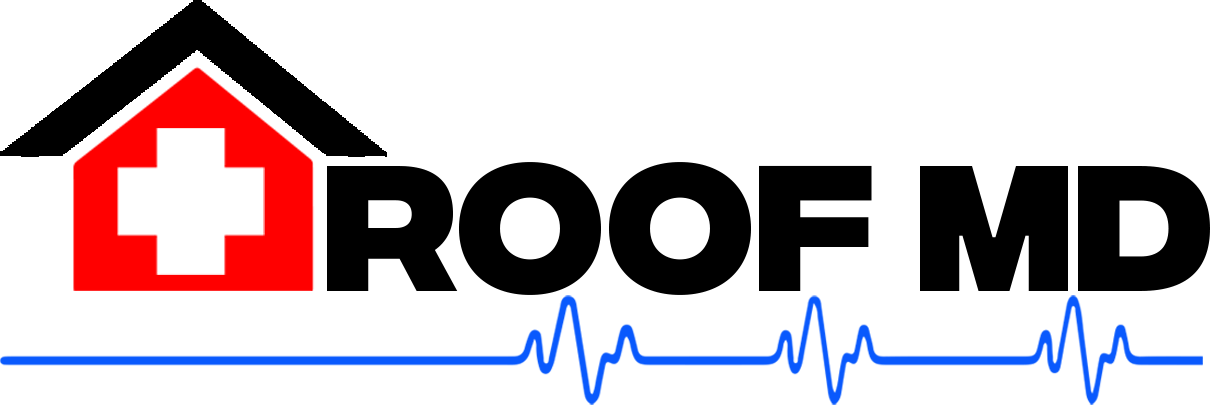Storm Roof Inspections & Why They’ll Save You $$$
Storm season is just around the corner, so it’s time for homeowners to start getting their homes ready—especially their roofs. Storms can cause serious issues like leaks, structural damage, and expensive repairs. The good news? A little prep work can help you avoid the worst.
Getting a storm roof inspection is the best way to spot potential problems before they turn into headaches. In this post, we’ll cover what is a storm roof inspection, the types of storm damage, and why schedule an inspection.
WHAT IS A STORM ROOF INSPECTION?
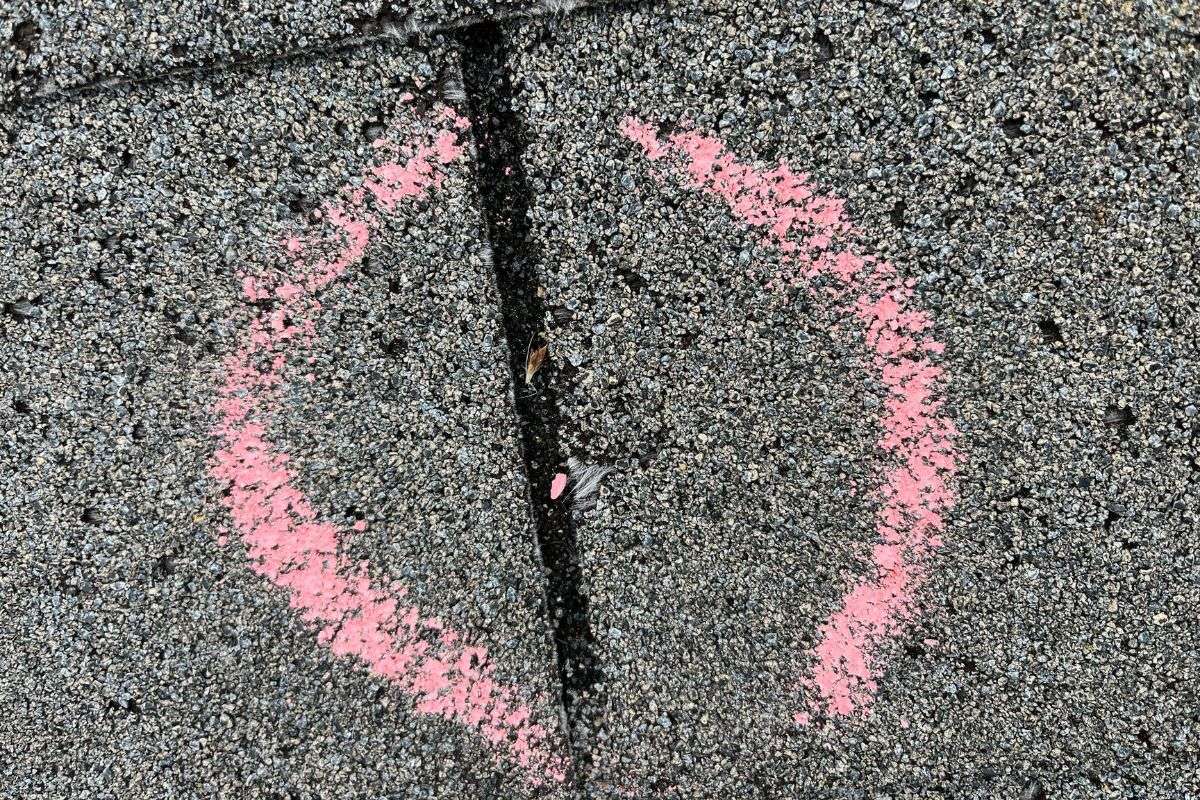
A storm roof inspection assesses damage from severe weather like tropical storms, high winds, or hail. During inspections they check for issues like missing shingles, leaks, cracks, or other damage that could affect roof integrity. They also provide an estimate for roof replacement costs, ensuring your roof is restored to optimal condition.
A detailed roof check-up focuses on spotting water damage or storm-related issues
What types of damage can storm cause?
Storms can cause all kinds of property damage, depending on their strength and type. Each type of extreme weather brings its own set of challenges for your roof.
Heavy Rain:
Heavy rain can be a problem, especially if your roof already has leaks, missing shingles, or damaged seals. Water can seep through these weak spots, damaging the underlayment, roof structure, and even your ceilings or attic.
Often, this damage to your home isn’t obvious until it’s too late—and expensive to fix.
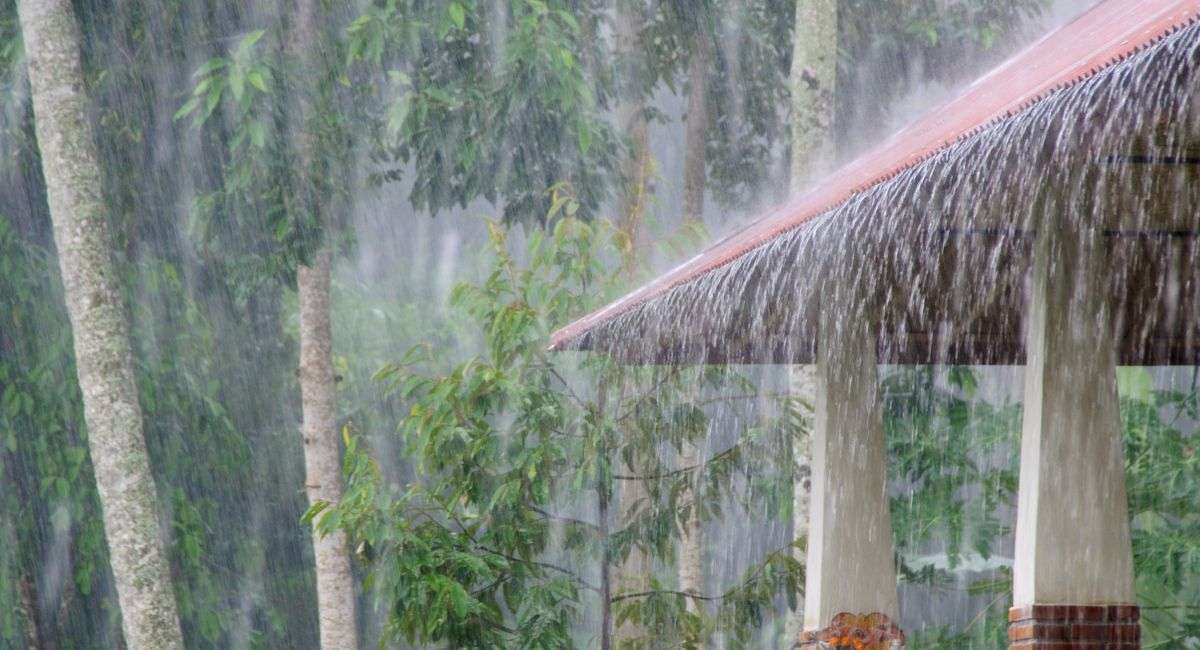
High Winds:
Strong winds can rip shingles or tiles off your roof, leaving spots where water can get in. Hurricane wind can loosen or break asphalt shingles, especially 3-tab shingles. Once you’re missing even one shingle water begins to sneak under the layers.
Winds can also damage key areas like flashing, vents, chimneys, and ridges. Plus, they often scatter debris like branches and leaves, which can add to the trouble.
Falling Debris:
Storms can knock down tree branches, power lines, or other nearby structures onto your roof. This debris can dislodge shingles or even cause holes, leading to water leaks and structural damage.
Hail:
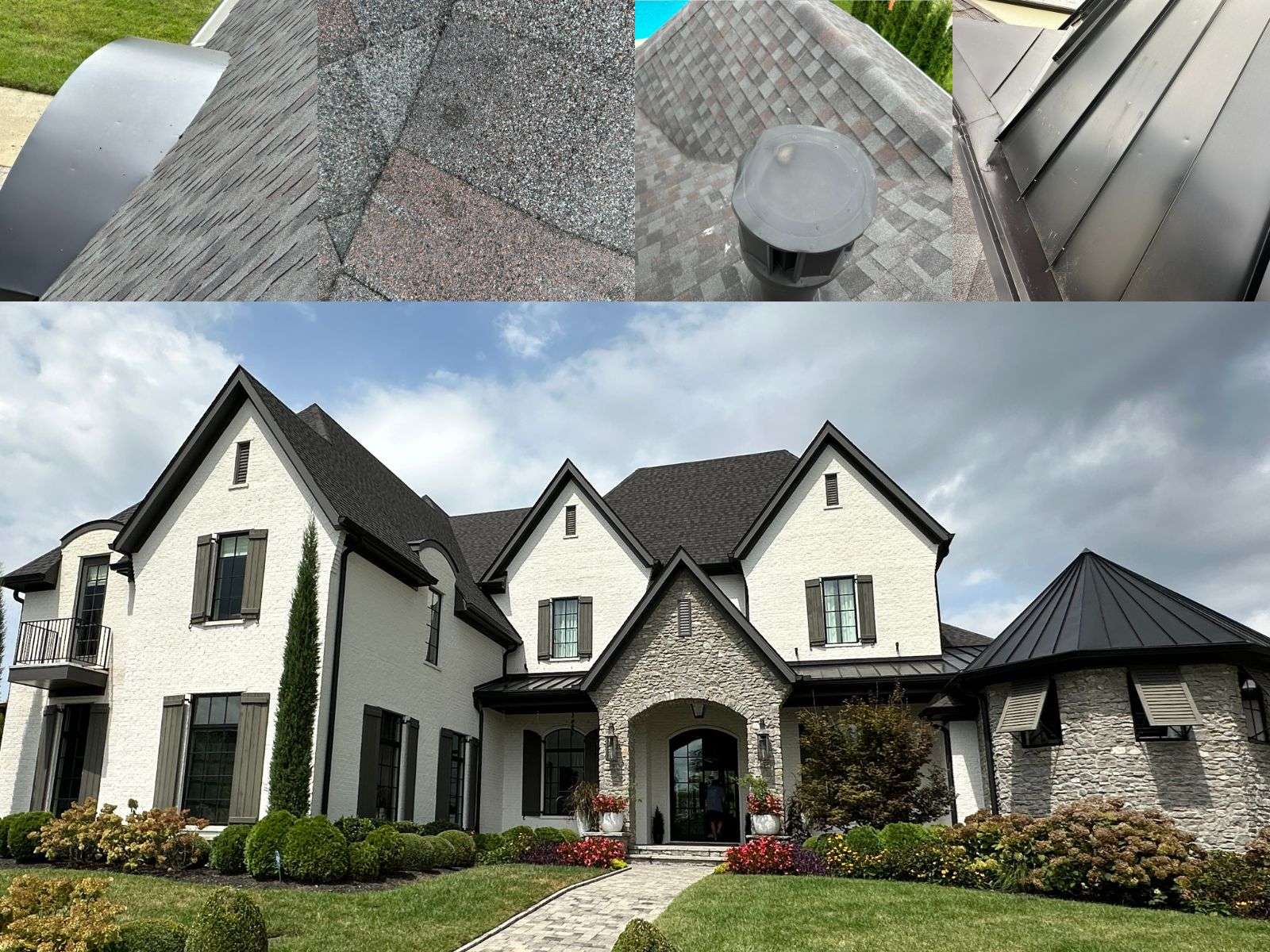
Hailstorms can leave dents, cracks, or punctures in your roof, especially on shingles and flashing. These small impacts might seem minor but can cause serious problems over time if not addressed.
Snow/Ice:
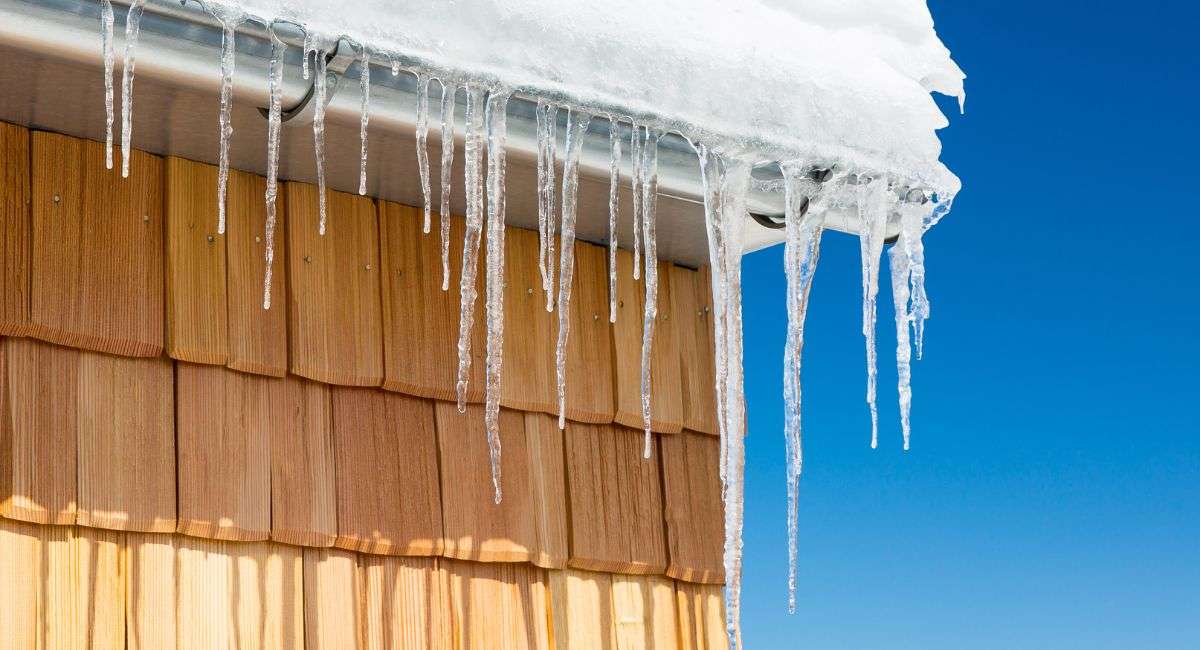
In winter, melting snow can freeze near the edge of your roof and form ice dams. These block proper drainage and can cause leaks or other damage. Removing ice dams safely is essential and requires a professional to fix the root cause.
What do roofers look for in a storm roof inspection?
During a storm inspection, roofers carefully check your roof for any signs of trouble like cracks, curling, or missing shingles. They focus on vulnerable areas like your chimney, valleys, flashing, and gutters. They’ll also check your attic’s ventilation since poor airflow can trap moisture and lead to damage over time.
What are the weakest points of a roof?
The weakest parts of a home are usually where the roofing materials meet or change, like edges, ridges, and valleys. Flashing (the metal or PVC strips that keep water out) is especially prone to damage during storms if it’s not installed properly.
Gutters are another common weak spot. They can clog with debris during storms, putting your roof at risk. A pre-storm inspection by a roofer can help catch any gutter or flashing issues early.
Shingles are also key to your roof’s health. Damaged shingles leave your roof exposed, so it’s important to check for issues like granule loss. Repair any old or damaged parts of your roof before a storm to prevent bigger issues later.
WHAT ABOUT INSURANCE?
Got storm damage to your roof? Call your insurance company. They’ll send an adjuster to assess the damage and check if it’s covered by your homeowners insurance.
Keep in mind, most policies come with a deductible you’ll need to pay. If your roof needs replacing, insurance might only cover part of the replacement, leaving you to pay full cost.
Next step, contact a roofing company. If you have questions about homeowners insurance and roof damage, a roofing contractor can help. Plus they will work with your insurance company. An independent inspection and quote can also keep your insurer honest and give you leverage when filing a claim.
Why should you schedule a storm roof inspection ASAP?
These inspections are usually free, helping you spot issues to fix now and those that can wait. It’s also worth checking if any of these problems are already covered by your homeowner’s insurance.
Acting early stops water from entering your home during a storm, preventing major damage and costly repairs. Getting ahead of the storm season could save you a lot of money in the long run.
Next Steps
Your roof is your home’s first defense against the elements, so ensure it’s ready before storm season. Scheduling a pre-storm inspection and taking care of any roof repairs now can help you avoid costly damage later on. The earlier you act, the better prepared you’ll be for whatever Mother Nature throws your way.
If you’re in Tennessee or Georgia, Roof MD has your back. We offer free pre-storm inspections and estimates to help protect your home for the season. Already dealing with storm damage? We’ve got you covered there too, and we’ll even work with your homeowner’s insurance to make the process easier.
If you’re in Tennessee or Georgia, Roof MD is here to help! Book your FREE Roof Inspection & Estimate today and get ahead of the storm!
